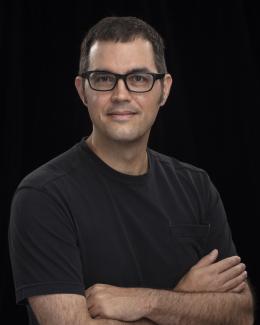Abstract
A refined version of the Fundamenksi-Moulton 'free-streaming' model (FSM) for the dynamics of divertor density, particle flux, and heat flux during edge localized modes (ELMs) is presented. This model depends only on inter-ELM pedestal and divertor conditions and, crucially, incorporates particle recycling: a FSM with recycling model, FSRM. The effective particle recycling coefficient, Reff, is the only empirical fitting parameter in the FSRM. The predictions of the FSRM are systematically tested against a DIII-D database of ELM ion and energy fluence measurements and are shown to be consistent with the model across a wide range of pedestal and divertor conditions using a constant value of 0.96 for Reff . Predictions for W sputtering during ELMs are developed based on the FSRM. It is concluded that energetic free-streaming D+ ions and C6+ impurities are the dominant contributors to the intra-ELM gross erosion of W in the DIII-D divertor, i.e., recycling ions and impurities have relatively little impact on the total W sputtering rate. These calculations are also shown to be consistent with spectroscopic measurements of W gross erosion for three different pedestal conditions after incorporating the strong electron density dependence of the WI 400.8 nm ionizations/photon (S/XB) coefficient.


